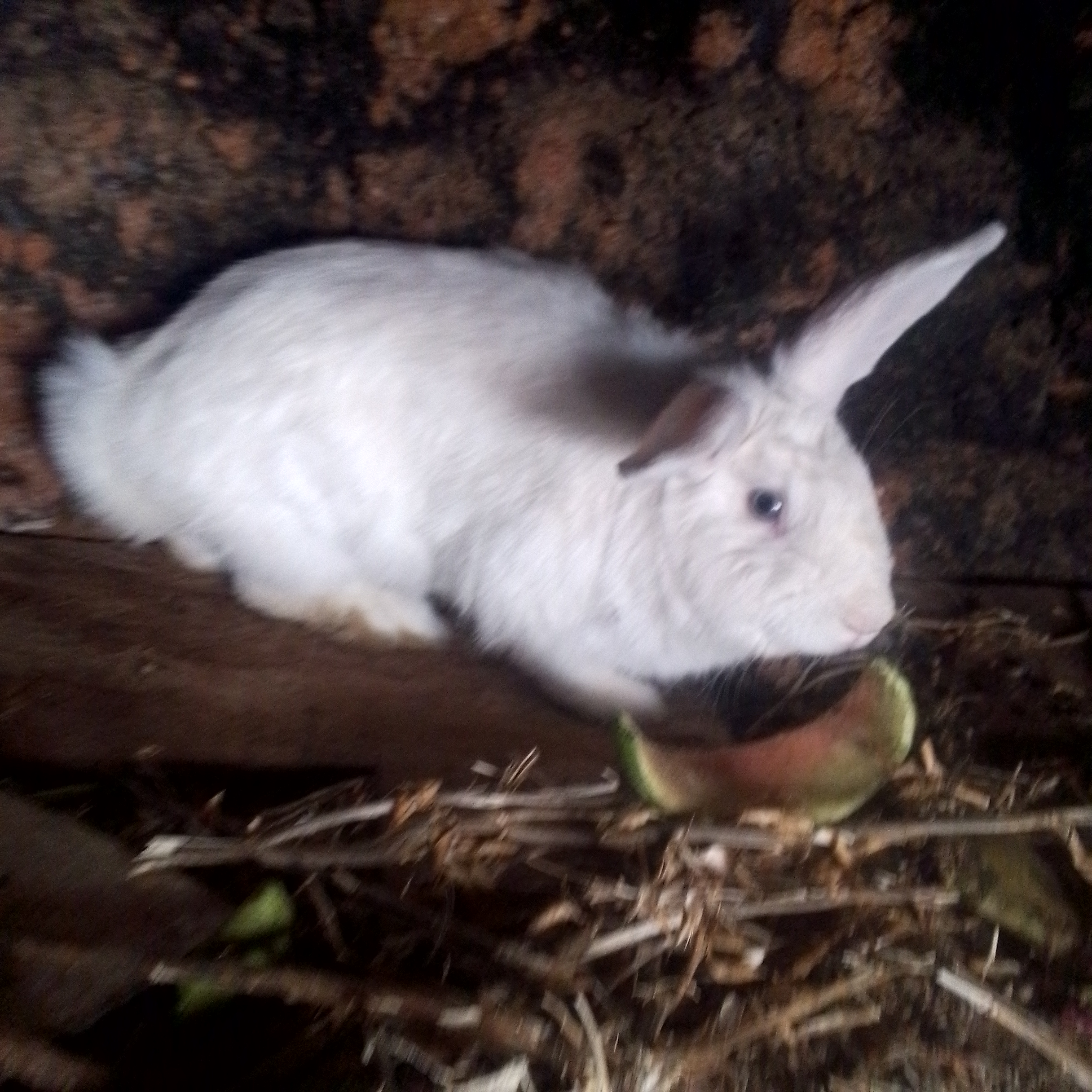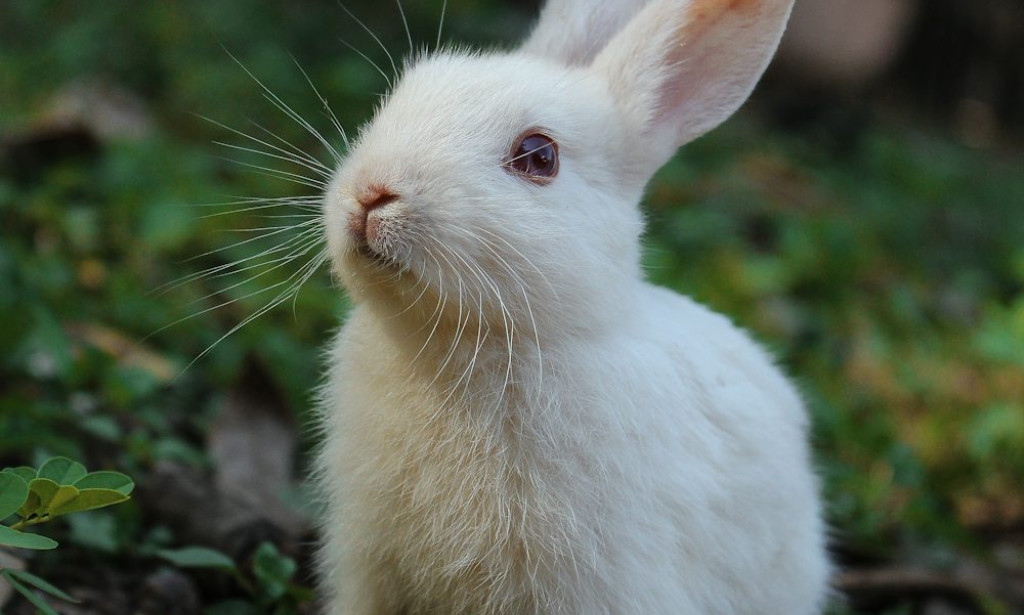How to Breed Rabbits: A Comprehensive Guide
Breeding rabbits isn’t just about the physical act of mating—they are living creatures with unique traits, and choosing the right pair is crucial for maintaining a healthy, productive herd. While many articles focus solely on the mating process, today we’re turning our attention to an equally important subject: how to choose the right male and female rabbits for breeding. In this discussion, we share our insights and experiences, while also inviting experts and enthusiasts to offer corrections and additional tips.

Disclaimer: We are not genealogy specialists, so please take our suggestions as a starting point for further research and experimentation.
Understanding Rabbit Breeding
Before diving into the specifics of pairing rabbits, it’s important to grasp the basics of rabbit reproduction. Rabbit breeding can be broadly classified into two (or perhaps three) main types, each with its own benefits and risks. These are:
-
Outbreeding:
Outbreeding involves mating rabbits that are not closely related. The primary goal here is to avoid the pitfalls of inbreeding by ensuring that the breeding pair shares minimal genetic similarity. In its strictest sense, outbreeding means never mating a rabbit with another that has a known familial relationship. However, many experts agree that mating rabbits from families separated by at least four generations is acceptable. -
Inbreeding:
Inbreeding refers to breeding rabbits that are more closely related, such as siblings or even parent-child pairings. There are various views on how acceptable or favorable this practice is. Although inbreeding can help solidify desirable traits within a line, it also carries significant risks—most notably, the expression of recessive traits that could lead to genetic disorders. -
Line Breeding:
Often seen as a milder form of inbreeding, line breeding involves selectively mating rabbits that share a common ancestor, but not as closely as siblings or direct relatives. This method can be an effective way to reinforce desirable characteristics while reducing some of the risks associated with closer inbreeding.
Why Choosing the Right Pair Is Crucial
When selecting rabbits for breeding, many factors come into play. Here are some key points to consider:
-
Genetic Diversity:
The more genetically diverse your breeding pairs, the less likely you are to see the manifestation of harmful recessive traits. Outbreeding is one way to promote diversity and reduce potential genetic issues. -
Health and Vitality:
Always choose rabbits that are robust and healthy. Look for clear signs of good health in both the male and female, including active behavior, bright eyes, and a clean coat. Avoid animals with a history of illness or those displaying signs of stress. -
Desirable Traits:
Beyond health, identify the specific traits you want to pass on to the next generation. This could be related to physical attributes like size, coat quality, or temperament. Documenting these traits and tracking them across generations can help you make informed decisions. -
Balanced Pairing:
The pairing should complement each other. For instance, if one rabbit carries a desirable trait, ensure the partner does not have traits that might counterbalance or dilute the benefit. Sometimes, even subtle differences in temperament or behavior can impact breeding success.
Detailed Look at Breeding Practices
Outbreeding
Outbreeding is recommended for those who wish to maintain a healthy genetic pool. Here’s why it matters:
- Prevents Genetic Bottlenecks:
By mating rabbits from different genetic backgrounds, you can prevent the concentration of harmful genetic traits. - Enhanced Vitality:
Generally, outbred rabbits tend to have stronger immune systems and better overall health. - Flexibility in Breeding:
Outbreeding allows for more options in pairing, especially when aiming to introduce new traits or improve the herd’s genetic diversity.
Inbreeding and Line Breeding
Inbreeding, while riskier, can be used strategically under controlled circumstances. Consider these aspects:
- Expression of Recessive Traits:
The closer the genetic relationship, the more likely recessive traits are to appear. Some of these might be beneficial, but many can lead to health issues. - Controlled Breeding Programs:
Line breeding, a milder form of inbreeding, involves careful planning. By ensuring that the same ancestor appears in the pedigree in a controlled manner, breeders can try to stabilize certain desirable traits. - Risk vs. Reward:
It’s important to weigh the benefits of reinforcing desired traits against the risks of genetic defects. Consistent record-keeping and genetic tracking are essential to mitigate these risks.
Practical Tips for Rabbit Breeders
Here are some actionable tips to help you navigate the complexities of rabbit breeding:
-
Record Everything:
Keep detailed records of each rabbit’s lineage, health history, and breeding outcomes. This data is invaluable in making informed decisions. -
Monitor Health Closely:
Regular veterinary check-ups and health monitoring can catch potential issues early. Prevention is always better than cure. -
Start Small:
If you’re new to rabbit breeding, start with a small breeding program. This allows you to learn the nuances without committing too many resources. -
Educate Yourself Continuously:
Rabbit breeding is as much an art as it is a science. Participate in rabbit breeding forums, read up on the latest research, and attend workshops whenever possible. -
Consult Experienced Breeders:
There’s no substitute for experience. Seek advice from seasoned breeders who have successfully managed breeding programs and overcome common pitfalls.
An Invitation for Collaboration
This article is intended to spark a broader discussion about rabbit breeding practices. While we have shared our perspective, we are not specialists in genetics. We invite you—veteran breeders and newcomers alike—to share your experiences, corrections, and additional tips. Every piece of feedback can help us all grow and improve our practices.
Conclusion
Breeding rabbits is a complex process that goes far beyond the act of mating. Choosing the right pair involves understanding genetic diversity, evaluating health and vitality, and carefully balancing desirable traits. Whether you opt for outbreeding, inbreeding, or line breeding, the ultimate goal is to cultivate a healthy, vibrant herd that thrives over generations.
So, without wasting more time, let’s embark on this journey together. We are the rabbit people, and every step we take is a step toward a better, more informed approach to rabbit breeding.

You must be logged in to post a comment.